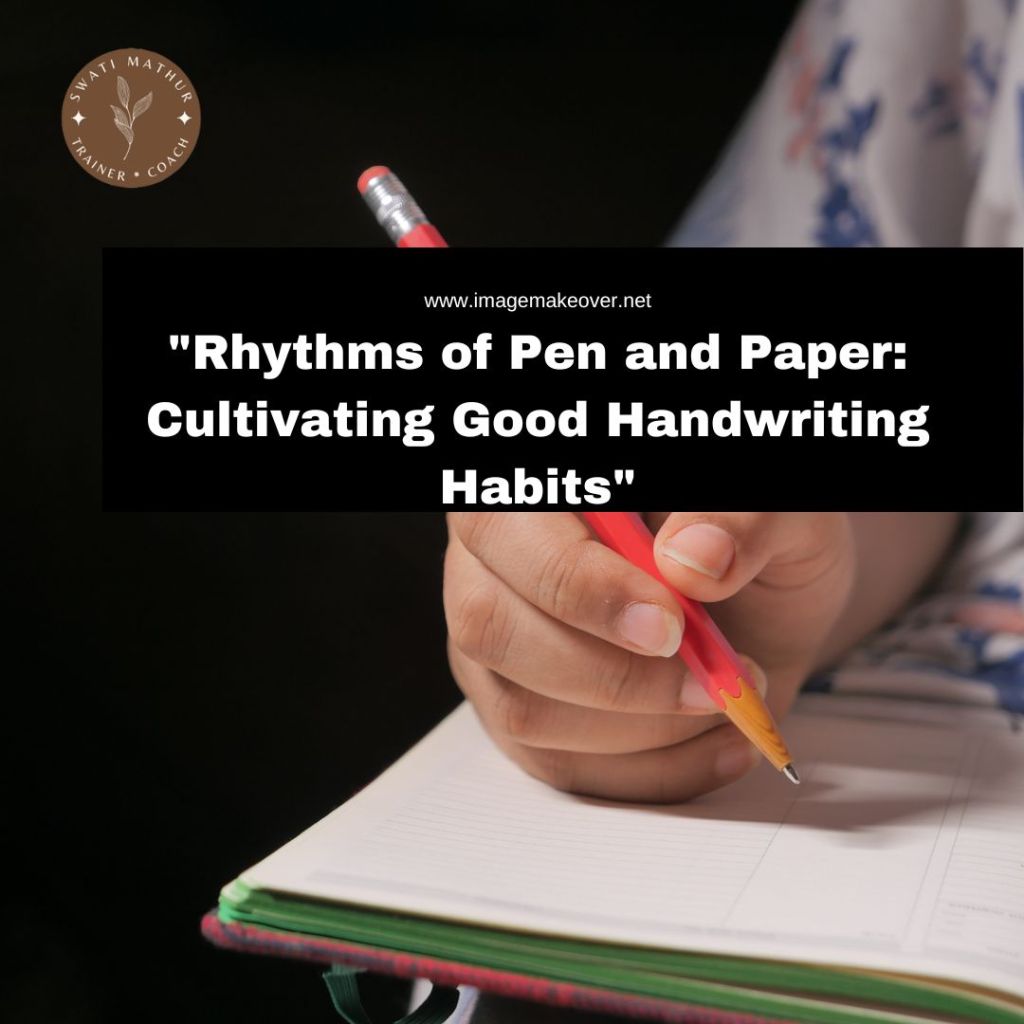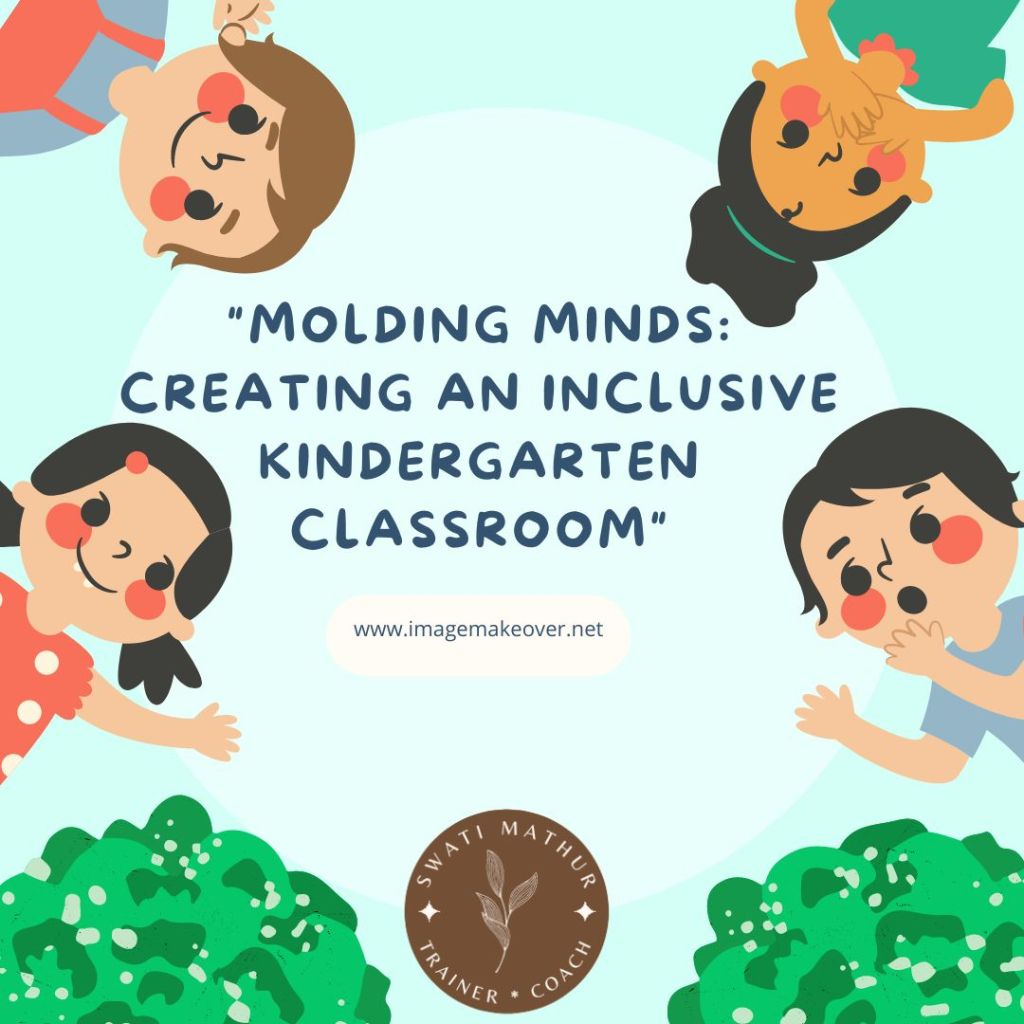
Freshers often face unique challenges when entering the job market. Lack of experience, uncertainty about industry norms, and fierce competition can all make the transition daunting. Let me share a scenario of one my student to make you understand the challenges that exists.
Radhika’s journey, highlighting her struggle with adapting to office culture after being hired:
Radhika’s academic prowess was undeniable; she consistently topped her class and received accolades for her achievements. However, her success in academics did not translate seamlessly into securing a campus placement due to her struggle with communication skills. Despite her excellent grades, Radhika found it challenging to effectively express herself during interviews and interact confidently with potential employers.
Despite these challenges, Radhika’s luck turned when a company recognized her potential and decided to offer her a job. They were impressed by her academic record and believed that her eagerness to learn could compensate for her current limitations in communication. Radhika was thrilled to receive the job offer and eagerly accepted the opportunity.
However, once Radhika started working at the company, she encountered difficulties adapting to the office culture. She found herself struggling to navigate the unwritten rules, social dynamics, and expectations of the workplace. Radhika’s lack of familiarity with office norms, such as professional etiquette, collaboration dynamics, and time management practices, hindered her integration into the team.
As a result, Radhika faced challenges in building relationships with colleagues, understanding the company’s processes, and meeting performance expectations. She felt overwhelmed and out of place in the new environment, which affected her confidence and job satisfaction.
To overcome these challenges, Radhika realized the importance of proactively seeking support and guidance. She reached out to her manager and colleagues for advice, clarification, and feedback on her performance. She also took initiative to observe and learn from more experienced coworkers, asking questions and seeking opportunities to improve her understanding of office culture and expectations.
Over time, with patience, perseverance, and a willingness to adapt, Radhika gradually acclimated to the office culture. She became more comfortable in her role, developed stronger relationships with her colleagues, and gained confidence in her abilities. Radhika’s journey underscores the importance of resilience, adaptability, and continuous learning in navigating the challenges of transitioning from academia to the corporate world.
Challenges faced by the freshers:
- Lack of Experience: One of the primary challenges is the lack of professional experience. Without a track record in the industry, freshers may struggle to demonstrate their capabilities and compete with more experienced candidates.
- Limited Network: Freshers typically have a smaller professional network compared to seasoned professionals. Building connections within the industry can be challenging, making it harder to find job opportunities and access valuable mentorship.
- Unfamiliarity with Corporate Culture: Adjusting to the corporate environment and understanding its norms, hierarchies, and dynamics can be overwhelming for freshers who are new to the workforce.
- Skill Gap: Despite possessing academic qualifications, freshers may lack certain practical skills that are highly valued in the corporate world. This gap between academic learning and real-world application can hinder their performance and career progression.
- Job Search Challenges: Finding entry-level positions that match their skills and interests can be difficult for freshers. Additionally, navigating the job application process, writing resumes, and preparing for interviews can be daunting without prior experience.
- Pressure to Perform: Freshers often feel pressure to prove themselves and meet high expectations in their new roles. This pressure can lead to stress and anxiety, especially if they are given significant responsibilities early on.
- Limited Career Guidance: Without experienced mentors or career advisors, freshers may struggle to chart their career paths and make informed decisions about their professional development.
- Work-Life Balance: Balancing work responsibilities with personal life can be challenging, especially for freshers who are still adjusting to the demands of the corporate world. Long hours, tight deadlines, and workplace pressure can impact their overall well-being.
- Recognition and Validation: Freshers may feel undervalued or overlooked in the workplace, particularly if their contributions are not recognized or appreciated by their colleagues or superiors.
- Adapting to Change: The corporate world is dynamic and constantly evolving. Freshers must adapt quickly to changes in technology, industry trends, and organizational priorities to stay relevant and competitive.
Despite these challenges, freshers can overcome them by leveraging their strengths, seeking mentorship, continuously learning, and staying resilient in the face of adversity.
However, there are strategies to overcome these obstacles and launch a successful career:
- Focus on Transferable Skills – While freshers may lack direct job experience, they often possess transferable skills gained through education, internships, volunteer work, or extracurricular activities. Highlighting these skills on resumes and during interviews can demonstrate to employers your ability to adapt and learn quickly.
- Networking: Building a professional network can open doors to opportunities that may not be advertised. Attend industry events, connect with alumni, and engage with professionals on platforms like LinkedIn. Networking can provide insights, mentorship, and potential job referrals.
- Tailored Resumes and Cover Letters: Customize your resume and cover letter for each job application to emphasize how your skills and experiences align with the role. Use keywords from the job description and highlight achievements that demonstrate your capabilities.
- Interview Readiness: Prepare thoroughly for interviews by researching the company, understanding the role, undergoing interview skills training and practicing common interview questions. Showcase your enthusiasm, communication skills, and problem-solving abilities during the interview process.
- Continuous Learning: Stay updated on industry trends, technologies, and best practices. Pursue online courses, certifications, or workshops to enhance your skills and make yourself more marketable to employers.
- Seek Feedback: Request feedback from mentors, peers, or interviewers to identify areas for improvement. Constructive feedback can help you refine your approach and become a stronger candidate in future job applications.
- Stay Persistent and Resilient: Rejection is a common part of the job search process, especially for freshers. Stay resilient, remain positive, and continue applying for opportunities that align with your career goals. Persistence often pays off in the end.
- Problem-Solving Skills: Adaptable freshers are adept at problem-solving and finding creative solutions to challenges they encounter. They approach obstacles with a positive mindset, viewing them as opportunities for growth and innovation rather than setbacks. This mindset enables them to overcome hurdles more effectively and contribute positively to their teams and organizations.
- Flexibility in Roles: Freshers may not always land their dream job right away. Being adaptable allows them to be open to different opportunities and roles within their field. They can leverage their transferable skills and willingness to learn to excel in diverse job functions, even if they initially envisioned a different career path.
- Navigating Change: The corporate world is dynamic, with constant changes in technology, processes, and market trends. Freshers who are adaptable can quickly adjust to these changes without feeling overwhelmed. Whether it’s learning new software, adapting to a different work environment, or embracing new strategies, adaptable freshers can easily pivot and thrive in evolving circumstances.
By proactively addressing these challenges and leveraging your strengths, you can overcome the hurdles of being a fresher in the job market and carve out a successful career path.
I’m participating in #BlogchatterA2Z https://www.theblogchatter.com








